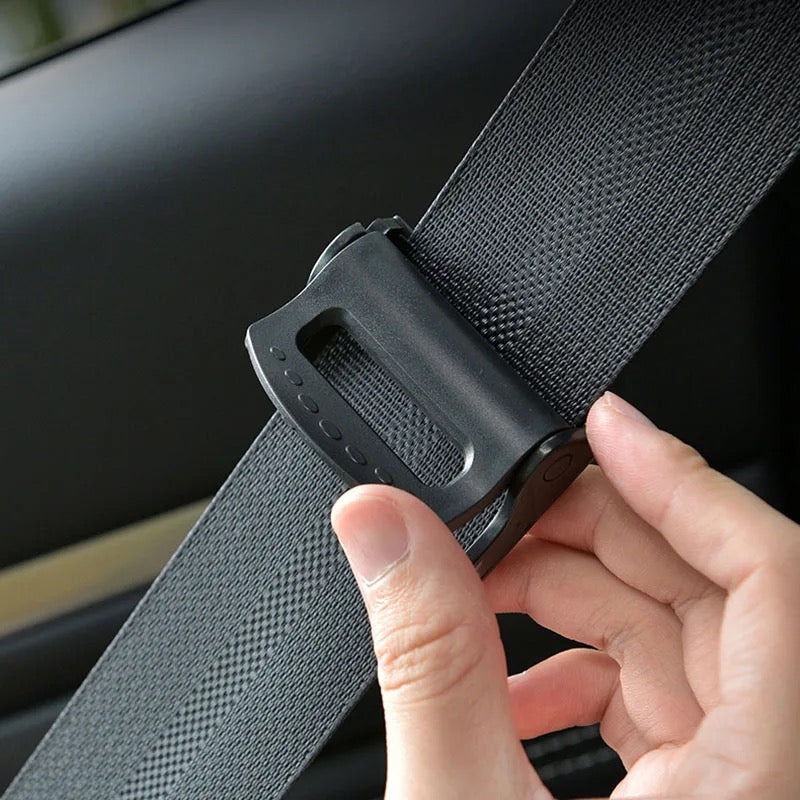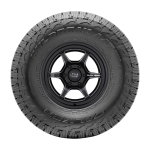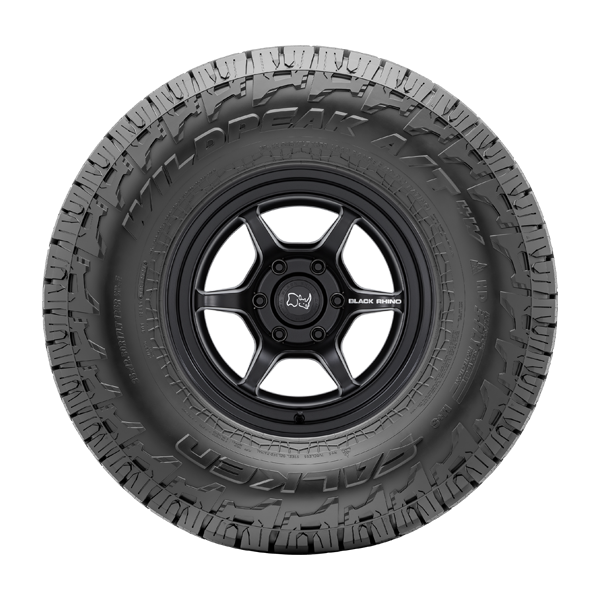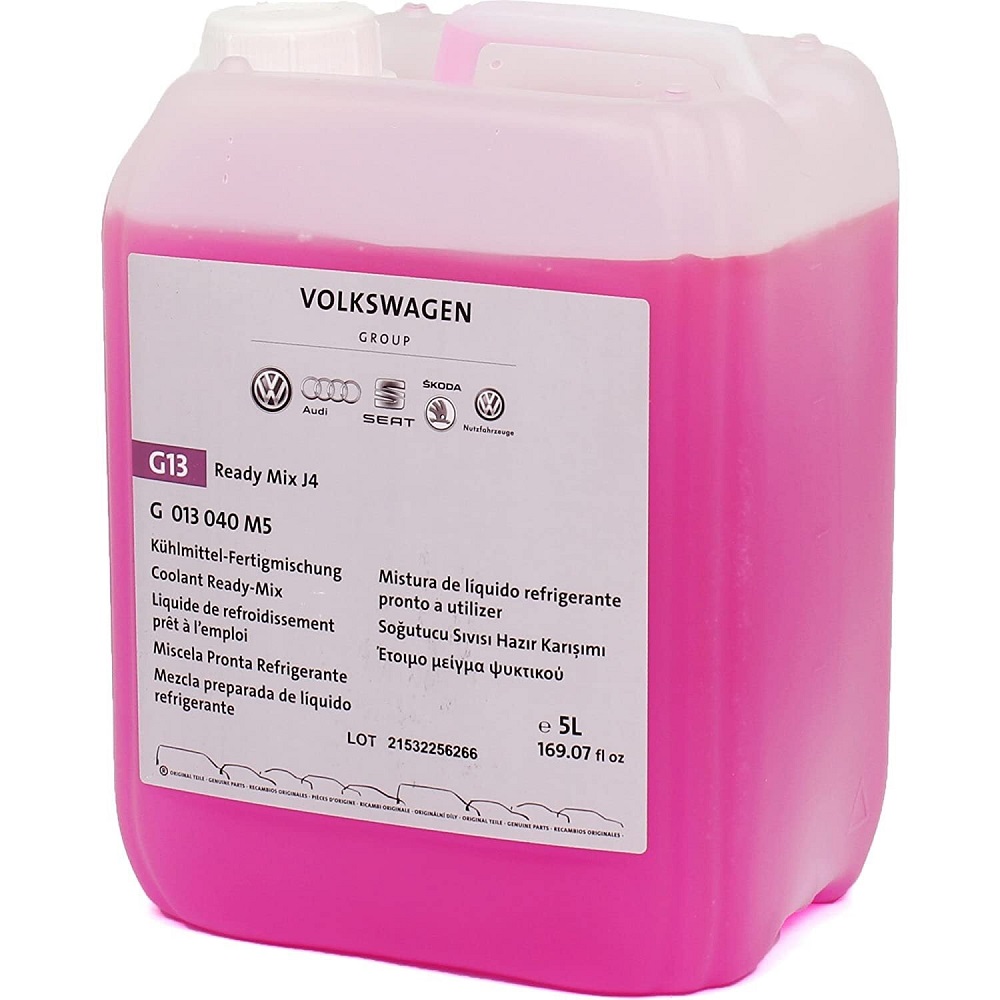Identifying the Problem: Common Causes of Seat Belt Jams
Before we delve into how to unlock car seat belts, it’s crucial to understand the common causes of seat belt jams. By identifying the issue, you can apply the most appropriate solution and prevent further damage to your seat belt mechanism. Here are some typical reasons your seat belt may be stuck:
- Dirt and Debris: Over time, dirt, food particles, or other small debris can accumulate inside the seat belt housing, causing the mechanism to stick.
- Twisted Belts: If the seat belt webbing becomes twisted, it can jam the retractor or fail to retract smoothly.
- Mechanical Issues: The internal mechanisms, such as the retractor or the locking mechanism, can wear out or break, leading to a jammed seat belt.
- Liquid Spills: Spilled beverages or other liquids may seep into the mechanism, causing stickiness and eventual jamming of the seat belt.
- Impact: After a vehicle experiences significant impact, seat belts are designed to lock up. A seat belt that won’t retract after an accident could be a sign of this safety feature activating.
Understanding these causes can guide you on what to look out for when inspecting a jammed seat belt. It also helps to apply the most effective methods when learning how to unlock car seat belts. Next, we’ll discuss the essential tools and materials you’ll need at your disposal to address these common issues. Keep in mind that regular maintenance can help prevent most of these problems, ensuring your seat belt works properly when you need it most.
Essential Tools and Materials You’ll Need
Having the right tools and materials is key when you’re figuring out how to unlock car seat belts. Before you begin, gather these items to ensure you’re prepared for any situation a jam might present. Here are the essentials:
- Lubricant: A silicone-based or dry lubricant can help free up the seat belt mechanism.
- Tweezers or Pliers: Small tools like these can reach into tight spaces to remove debris or to help move a twisted belt back into place.
- Clean Cloth: Use this to clean the seat belt webbing and housing. A microfiber cloth is best as it won’t leave behind lint.
- Flashlight: A good light source will help you see inside the seat belt mechanism.
- Flathead Screwdriver: This may be needed to gently pry open the seat belt casing if necessary.
- Rubbing Alcohol: Use this with the cloth for cleaning sticky substances from the seat belt and mechanism.
Gather these tools and materials before beginning the unlocking process. With everything at hand, you can work more efficiently and reduce the risk of causing further issues with your seat belt. In the next section, we will look at the initial checks and safety measures to take before you start unlocking your seat belt.
Initial Checks: Pre-unlocking Safety Measures

Before diving into how to unlock car seat belt, there are some initial checks and safety measures to take. These steps help ensure you don’t cause further damage to the seat belt system. Follow these precautions:
- Inspect Visually: Examine the seat belt for visible signs of wear or damage. Look for any obvious obstructions in the belt path.
- Test Gently: Gently tug on the seat belt. Feel for any unusual resistance that can hint at the type of jam.
- Avoid Force: Don’t use strong force to pull or retract the seat belt. This can worsen the jam or damage the mechanism.
- Check the Retractor: Confirm that the retractor functions. In the case of a recent impact, the seat belt might be locked as a safety feature.
- Examine the Buckle: Make sure the buckle is not blocked with debris. A stuck buckle can prevent the seat belt from retracting.
By doing these simple checks, you often can identify the problem without disassembling anything. Keeping the checks gentle and noninvasive will prevent additional problems. With these safety measures in place, you’re ready to move on to the next steps for unlocking your car seat belt.
Step-by-Step Instructions to Unlock Your Seat Belt
Now that you have prepared your tools and conducted the initial checks, it’s time to get to work. Follow these step-by-step instructions carefully to unlock your car seat belt:
- Engage the Retractor: Gently pull on the seat belt while listening for a clicking sound. If you hear it, the retractor is engaging.
- Locate the Jam: Use your flashlight to look inside the mechanism. Identify where the seat belt is stuck.
- Clean the Mechanism: If you see dirt or debris, use tweezers or pliers to remove it. Clean with a cloth dampened with rubbing alcohol.
- Apply Lubricant: Spray a small amount of lubricant onto the stuck area. Do not overspray as it could attract more dirt.
- Work the Belt: Slowly pull and release the seat belt to allow the lubricant to work into the jam. Repeat this a few times.
- Check the Buckle: Make sure the buckle is clean. Remove any objects that may be blocking it.
- Test the Seat Belt: Gently pull the seat belt all the way out, then let it retract to test if the jam has cleared.
- Re-inspect: If the belt is still jammed, inspect for any twists in the webbing. Straighten out any found.
- Close the Mechanism: If you opened the casing, ensure everything inside is in place before closing it securely.
- Final Test: Give the seat belt a final pull to confirm it retracts smoothly and locks when tugged sharply.
By following these steps, you should be able to unlock the car seat belt. Take your time and work with care to avoid causing damage.
Dealing with Persistent Seat Belt Jams

Sometimes, despite your best efforts, the seat belt remains jammed. Here’s what to do next:
- Reapply Lubricant: If the first application didn’t work, try again. Use only a dab.
- Inspect More Closely: Look deeper for hidden debris or twists. Use your flashlight.
- Check for Mechanical Faults: Internal parts may have failed. Look for broken pieces.
- Gently Tap the Retractor: A light tap can sometimes free up the mechanism.
- Exercise Patience: Don’t rush. Work slowly to avoid breaking the seat belt system.
Persistent jams can be trickier. If these steps don’t work, it may be time for professional help. Trying to force the mechanism can cause damage or worse, render the seat belt unsafe. Remember safety comes first, so don’t hesitate to consult a mechanic if you’re unsure.
Preventive Measures: Avoiding Future Seat Belt Jams
To keep your seat belts functioning smoothly, prevention is key. Follow these measures:
- Regular Cleaning: Wipe down the seat belt webbing with a clean cloth periodically.
- Inspect Often: Check the belts for twists or debris. Catch small problems before they grow.
- Use Correctly: Ensure that the belt retracts fully after unfastening. Don’t yank or pull it hard.
- Address Spills Quickly: Clean any liquid spills immediately to avoid sticky substances inside the mechanism.
- Be Gentle: Treat the seat belt gently. Avoid applying excessive force when pulling it out or retracting.
Following these tips can help prevent jams and keep your car’s safety features in top condition. Avoiding common causes of seat belt jams can save you time and ensure your seat belt operates correctly in an emergency.
When to Seek Professional Help

While the guide above can often resolve minor seat belt jams, there are situations when professional intervention is necessary. Knowing when to seek professional help can save you time and ensure your safety. Here are the signs that it’s time to consult a mechanic or car safety specialist:
- Persistent Jam: If the seat belt remains jammed after you’ve followed all the steps, it’s best to seek professional help.
- Broken Components: When you spot broken pieces within the seat belt mechanism, it’s time for an expert to step in.
- Faulty Retractor: If the retractor is not making the usual clicking sound or seems damaged, a professional should inspect it.
- After an Impact: Post-accident, seat belts may require a professional assessment to ensure they function correctly.
Mechanics and safety specialists have the tools and expertise needed to address complex seat belt issues. They can also determine if the entire mechanism needs replacing, which is something you should not attempt on your own. Remember, the proper functioning of seat belts is crucial for your safety. If you’re in doubt, seeking professional help is the way to go. They will help to unlock car seat belts that are beyond basic troubleshooting and ensure that your seat belts continue to provide the safety you rely on while driving.









